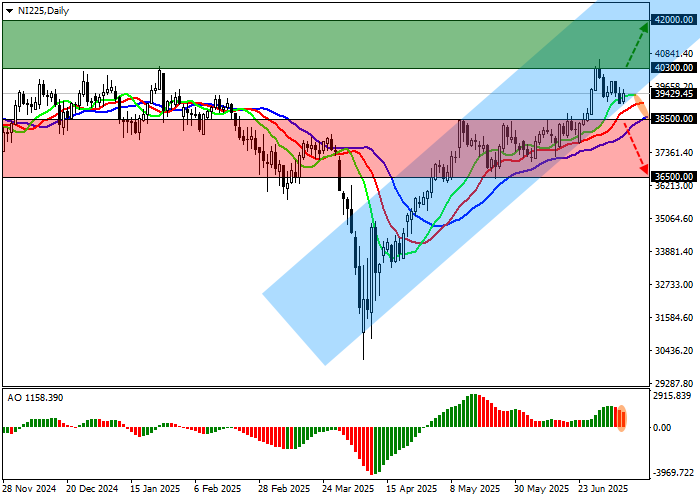Policy and Political Drivers Shape the Market Outlook
With the 90-day moratorium on trade negotiations set to expire and talks between Tokyo and Washington making little headway, experts remain skeptical that a deal will materialize before the August deadline. The upcoming Upper House elections in Japan on July 20 have also shifted political focus inward, reducing the likelihood of major international agreements in the near term. Prime Minister Shigeru Ishiba reiterated his commitment to continued dialogue with the US, emphasizing the critical importance of safeguarding Japan’s national interests in an increasingly fractious global landscape.
Rising Yields Signal Mounting Uncertainty
This atmosphere of global instability is mirrored in Japan’s sovereign bond market. Yields continue to climb: 10-year JGBs rose to 1.481% from last week’s high of 1.442%, 20-year bonds moved up to 2.501% (previously 2.378%), and 30-year paper jumped to 3.079% from 2.895%. The move reflects both policy risk and rising inflationary pressures as global trade frictions intensify.
Sector Leaders and Laggards
Despite the broader volatility, several stocks outperformed on the day. Tokyo Electric Power Co., Inc. led with a gain of +7.37%, followed by Omron Corp. (+6.88%), Sumitomo Electric Industries Ltd. (+6.41%), and Furukawa Electric Co., Ltd. (+6.16%). Meanwhile, automotive and utility names lagged, with Nissan Motor Co., Ltd. down –5.49%, Marui Group Co., Ltd. –4.24%, and Tokyo Gas Co., Ltd. –4.41%.
Key Levels and Technical Outlook
On the daily chart, the NI 225 remains close to dynamic channel support between 39,000 and 42,000. Technical momentum is mixed but tilting cautiously bullish: the Awesome Oscillator is printing new green bars, and the Alligator’s fast EMAs are widening away from the signal line—indicative of potential breakout volatility.
- Support levels: 38,500; 36,500
- Resistance levels: 40,300; 42,000
Trading Scenarios
Bullish scenario: A sustained move above resistance at 40,300 justifies long positions targeting 42,000, with a stop-loss at 39,400.
Bearish scenario: If price breaks below 38,500, short trades become attractive with downside targets at 36,500 and a stop-loss at 39,200. The tactical timeframe is weekly, with both setups anticipating sharp moves in response to policy and political headlines.
 NI 225 volatility amid US tariff threat
NI 225 volatility amid US tariff threat
